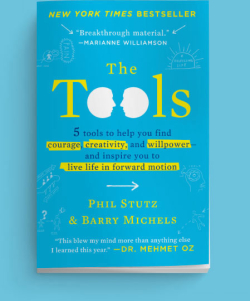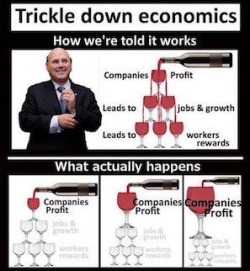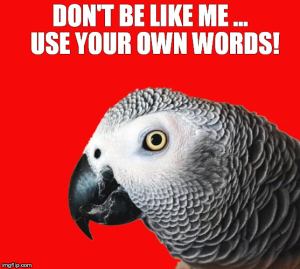
One of his tools is that you should imagine yourself as a child, insignificant and broken, flawed. Not your best self, just the opposite. Then, when it’s your turn to speak, speak through that child. Once you’re unafraid of being seen for what you are, or what you’re afraid you are, you’ll be fearless.
I’ve been using this tool all my life without knowing it. I desperately want to be heard. It’s what I’m about. So, I shout, on this typewriter, as loud as I can, every day. When I’m done, I’m satisfied, whether a lot of people were listening or just a few. This gives me inner peace. It’s not what I do, or my job, it’s what I am, I tell people.
I didn’t understand the meaning of this until I faced a child who didn’t have it. I would tell this child, every day if I could that what mattered to him wasn’t what he was learning, but how he integrated it, and how he expressed what he knew to teach new truths others. The kid didn’t believe me. The fear was too great. He went around the world, learning, but afraid to speak his truth, and no one ever heard what he had to say.
There are many success stories, however, who are just like this child. They just parrot what teachers tell them. They say what they’re told to say. They memorize a script and recite it, believing that they’re saying something but, in fact, contributing nothing new to the conversation.

Their first instinct was to deny the theoretical. That can’t happen, they said. That won’t happen. Well, just pretend, I said. What came back was a parroting of the same economic lies we’ve been told for 40 years about the Laffer Curve and trickle-down economics.
I met Arthur Laffer. It was very early in my journalism career. He was doing a tour for his first book, and he drew the curve on a napkin for me. The vertical axis represented government income, the horizontal axis tax rates, and the curve came out like a letter “D” lying on its back. Or your Uncle Al laying on a beach.
The Laffer curve became political kant because economists, paid to believe it by the billionaire class, began parroting it, using as their example the 1981 Reagan tax cut.

This led to the second lie. Instead of saying Laffer Curve they said tax cuts would “trickle down” to ordinary people. The American people are getting their money back, they would say, when in fact it was just redistribution of wealth upward.
Look at the Laffer Curve again. At some point, lower rates mean lower revenues. Otherwise a tax rate of zero would yield infinite revenues. It is nonsensical on its face. But it’s taught to economists, taught to financial analysts and financial journalists, they parrot the nonsense and the lie becomes truth.
Lies that become truth are the most dangerous kind of lie. When they hit reality, systems can collapse. That’s what we are seeing now with the Laffer Curve and trickle-down economics.
Government is an important part of any economy, but it’s only a part. Government is not the problem. Sometimes it can be a problem, but that’s not the same thing. Every organization has a bureaucracy, people whose careers depend on what happens inside the organization, not outside it. Once your business hires a bookkeeper, or a tax accountant, or a secretary, it has a bureaucracy. Bureaucracy is not a problem unique to government. In fact, the U.S. government bureaucracy is one of the most efficient such organizations in the world. Don’t believe me? Visit India.

But a dollar is a dollar. A dollar of debt is a dollar of debt, no matter how it came to be there. It doesn’t matter whether that dollar of debt was generated by a tax cut for Fred Koch in Wichita or the dialysis treatment of Fred Cook in Topeka. Second, what are these “entitlements” of which you speak? They’re deferred income, promises made to working people, in exchange for taxes, of a livable retirement and health care in old age. They’re called entitlements because people are entitled to them. You signed a contract, you pay according to the contract. You don’t pretend that because you gave money to a billionaire you now can’t afford to pay them what you owe.
It’s political indoctrination. What people are told is overriding their common sense. People are pretending to be experts in something when they’re just parroting what they have been told.

The purpose of an education is to help people think for themselves, help them to see new facts and use the tools of learning to interpret them, to find their own truth. Not truth as “revealed” by a teacher or a politician, but their own truth.
If you don’t get that, you’ve learned nothing.
Most people have learned nothing, and don’t want to know anything. They parrot what they’ve heard by people they were told knew something. Some people do know something. But it’s your job, as a citizen, as a human being, to analyze what they say through your own brain, to come to your own conclusions, to speak your own truth, and to measure the worth of that truth against new data.
As computers become increasingly adept at learning facts and performing calculations, this becomes ever-more important. Your mind can still perform miracles that computers can only dream of.
That’s your obligation. I can buy a parrot at a pet store. Give me an intelligent argument any day of the week. Speak your truth.









